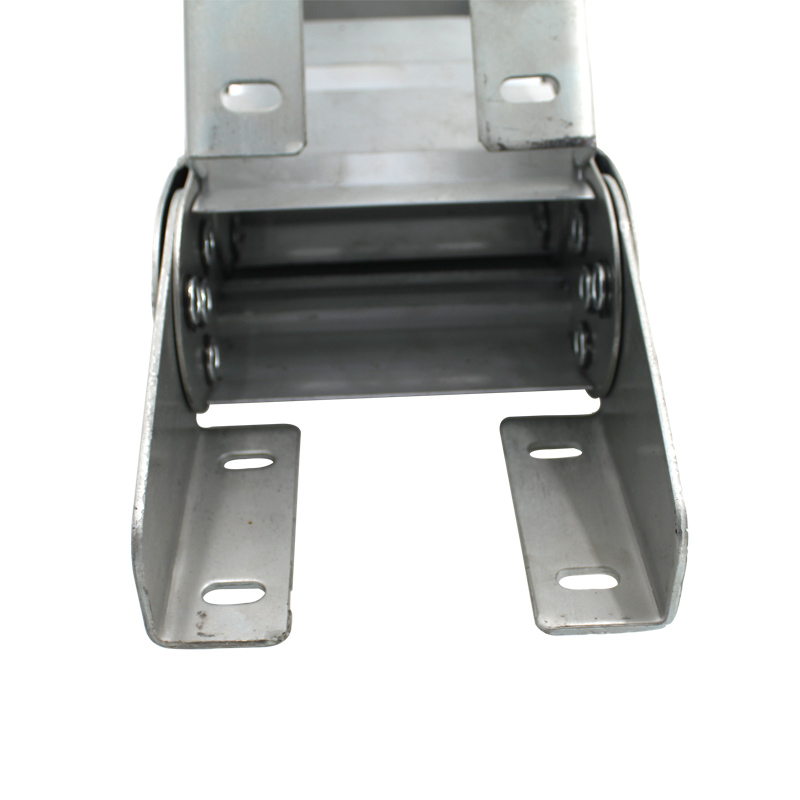Understanding the Design and Functionality of Synchronous Belt Wheels in Mechanical Systems
Understanding Synchronous Belt Wheels An Overview
Synchronous belt wheels play a crucial role in various mechanical systems, where precision and efficiency are paramount. These components, often used in conjunction with synchronous belts, are designed to transmit power and motion through a series of interconnected gears or pulleys. The design and function of synchronous belt wheels are essential in industries ranging from automotive to manufacturing.
What is a Synchronous Belt Wheel?
A synchronous belt wheel, also known as a pulley, is a wheel with teeth that engage with the teeth of a synchronous belt. This engagement allows for the transfer of motion and power without the slippage that can occur with traditional V-belts. The teeth ensure that the wheel and belt move in a synchronized manner, making it ideal for applications where precise timing is essential.
Synchronous belt wheels are typically made from materials such as aluminum, steel, or reinforced plastic to withstand high loads and resist wear over time. These materials are chosen based on the specific requirements of the application, such as the required strength, durability, and weight.
Applications of Synchronous Belt Wheels
Synchronous belt wheels are widely used in various applications due to their reliability and efficiency. Some common areas of application include
1. Automotive Systems In vehicles, synchronous belts and pulleys are used in timing systems, where it is critical to keep the engine's camshaft and crankshaft in sync. This ensures optimal engine performance and prevents catastrophic failures.
2. Industrial Machinery Many manufacturing processes rely on synchronous belts and wheels for conveyor systems, CNC machines, and robotics. The synchronized movement enhances productivity and reduces the risk of mechanical failure.
3. HVAC Systems In heating, ventilation, and air conditioning systems, these components are used to drive fans and compressors, ensuring efficient airflow and temperature regulation.
4. 3D Printers Synchronous belt wheels are integral to the operation of 3D printers, where precise movements are necessary for accurate prints. The belts ensure that the print head moves coherently along the x, y, and z axes.
synchronous belt wheel

Advantages of Synchronous Belt Wheels
1. Precision Timing The interlocking teeth of synchronous belts and wheels enable precise timing, which is vital in applications like automotive engines and CNC machinery.
2. Reduced Slippage Unlike V-belts, synchronous belts do not slip under load, ensuring more reliable operation and consistent performance.
3. Low Maintenance Synchronous belt systems generally require less maintenance compared to chain drives and traditional belts, as they do not require lubrication and are less prone to wear.
4. Efficiency The direct transfer of motion minimizes energy loss, making these systems more efficient than many alternatives.
Design Considerations
When designing or selecting a synchronous belt wheel, several factors must be taken into account
- Size and Pitch The size of the wheel and the pitch of the teeth must match the belt it will be paired with to ensure optimal performance. - Load Capacity The anticipated load will influence the material choice and size of the wheel, ensuring it can handle the required forces without failure. - Speed Higher RPM applications may require specific design considerations to help manage heat and wear.
Conclusion
Synchronous belt wheels are a vital component in many mechanical systems, providing reliable power transmission and motion synchronization. Their application spans various industries, demonstrating their versatility and importance. By understanding their design and functionality, engineers and technicians can make informed choices about integrating synchronous belt wheels into their systems, ultimately enhancing performance and efficiency in their applications. Whether in automotive engines, industrial machinery, or consumer devices, these components continue to facilitate modern technology's demands for precision and reliability.








